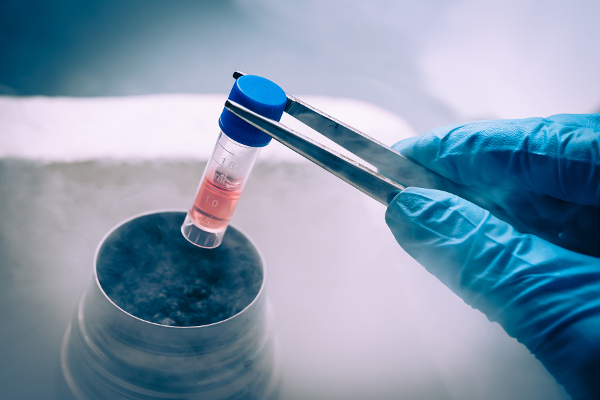In a first, a city hospital in Mumbai claims to have used stem cells to save a prematurely born ten-month-old baby’s life. According to news reports based on the press conference held by the doctors of the hospital, a prematurely born baby was suffering from lung disease and was put on a ventilator immediately after birth. At the time, the baby’s lungs were extremely under-developed.
No other treatment options seemed to be working and the doctors were on the verge of giving up hope when the idea of using stem cells came as a potential breakthrough to save the baby’s life.
Meanwhile, the hospital’s claims have raised concerns about the non-compliance of norms pertaining to the use of stem cell research in a medical procedure.
Stem cell research has been gaining momentum worldwide, particularly in Australia. However, it may be noted that the Indian Medical Council of Medical Research regulations does not approve of using stem cell use in neonatal conditions. However, the Mumbai hospital claims that this was done to save the baby’s life as well as to open new research possibilities in the realm of stem cell use.
Globally, there is considerable interest in the possibilities of stem cell use in clinical and medical applications.
For instance, at central London’s King’s College, Professor Francesco Dazzi successfully pioneered an immunotherapy programme for leukemia patients and used animal models to investigate outstanding clinical problems.
Another instance is again from King’s College, where Professor Anil Dhawan established the first human hepatocyte transplantation programme in the UK, successfully scripting in-house development of the same for treating children with acute liver failure.
The application of stem cell research in India is subject to certain norms before they can be implemented.
According to the hospital in Mumbai that claims to have conducted the first such documented case, the baby’s lung function clearly indicated improvement within two weeks of being administered injection with 40 million stem cells directly into the affected organ. A breathing tube was used to administer the injection.
However, this has raised concerns from ICMR about how the hospital could have gone ahead with this procedure without getting official approvals in place. Concerns were raised that before proceeding to treat the baby with stem cells, the hospital should have taken approval from the Central Drugs Standard Control Organisation first.
Given that such stem cell procedures have been conducted mostly on animals and not on babies, the key concern is whether the hospital is justified in taking forward such a risky procedure even if the parents of the baby had given their consent.
Meanwhile, the doctors have reiterated that this attempt was made solely to save the baby with the parent’s consent and the procedure was conducted free of cost on humanitarian consideration.
In 2017, a Harvard Health blog post had recommended that parents should not throw away cord blood as it contains stems cells that can be used to cure diseases including immune deficiencies, blood disorders, metabolic illnesses and even some kinds of cancers.
In India, however, the use of permitting stem cells is subject to regulatory and compliance norms. In the future, newer breakthroughs at a global level may spearhead change and bring the ongoing debate to a more logical conclusion in the field of medical and clinical applications.
Source: FE
Image Courtesy: Neurology Times
You may also like
-
India Against Mpox
-
Combination of ‘Siddha’ Drugs Reduces Anemia in Adolescent Girls: Study
-
Suspected Mpox Case Under Investigation; Patient Put Under Isolation, No Cause for Alarm
-
Prime Minister Applauds India’s Best Ever Performance at the Paralympic Games
-
National Exit Test (NExT) for Ayush to be Effective from 2021-2022 Batch: Union Minister of Ayush Shri Prataprao Jadhav
